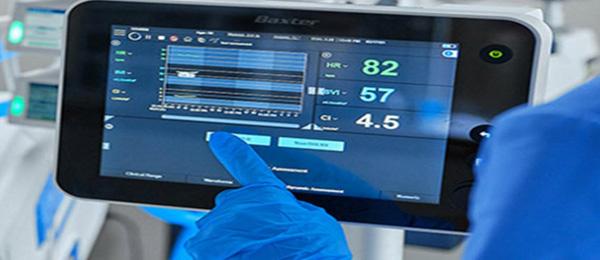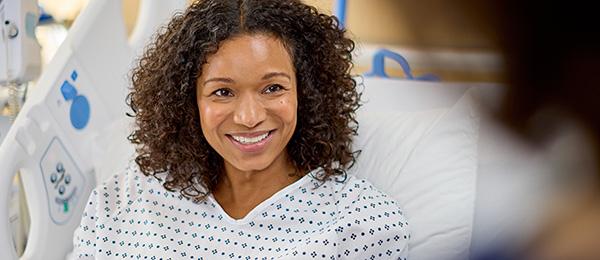Big Data in Healthcare: Its Potential to Save Lives
The term “big data” carries plenty of connotations, and they are not all positive. But when we think of its overarching goal in healthcare — harnessing large volumes of data with the goal of supporting better outcomes for patients and care teams — it becomes much more actionable.
To help us explore big data’s potential in healthcare, we spoke with our own Ryan Hochworter, Head of Digital Solutions, and Chris Gutmann, Vice President, Enterprise Technology & Value Generation, who shared how healthcare organizations can harness data at a macro level to help support more personalized, precise care for each individual patient.
Q: What comes to mind when you think of “big data” in healthcare?

Hochworter: “Big data is different to everyone. How you look at it and what you can do with it depend on a number of factors, including the organization’s size and technological maturity. Some of our customers have large data science teams, while others may not have a formalized IT department.
One large IDN I’ve been working with for nine years has captured three billion sets of vital signs over that time; that’s a large data pool to analyze. A smaller regional hospital may be only in the hundreds of thousands over that same time period — but they can still find important insights if they know what they’re looking for and have a plan in place.”

Gutmann: “For a large health system talking about ‘big data,’ they are often thinking at a community level. For example, ‘in this suburb of a major city, there are a lot of retirees with orthopedic issues, so let’s look at acquiring more orthopedic practices here.’ That’s one type of big data healthcare organizations care about.
Another type is the data that is generated within the walls of the organization. That data comes in three forms: the data researchers see (which is the largest and noisiest data set), the data clinicians see (where they have the ability to layer in their expertise and judgement), and the data patients see (which tends to be the cleanest data, having gone through that clinical review). Like Ryan said, there is value to be found in all of these feeds — but your ability to tap into it may depend on the data science resources you have available.”
Q: How are you seeing hospitals harness big/macro-level data today?

Hochworter: “They’re using it to help solve for all sorts of things. Identifying signs of potential patient deterioration is big. Throughput is important. Equipment monitoring, too — will we have enough beds or infusion pumps? And with concepts like digital twins, the possibilities just keep growing.”

Gutmann: “At the patient level, organizations are using data to support better decisions that aren’t guided by each individual clinician’s habits or preferences. They’re identifying trends that show us what analysis we can take off clinicians’ hands, and introduce updated workflows that support new standards of care and best practices.”
Q: What advice would you offer healthcare teams to help make “big data” less intimidating and more empowering?

Hochworter: “If you have a data science team available to you, tell them clearly which data points you are looking for to support your research or initiative. Approaching them with a broad request like, ‘I need to solve for falls’ may be too vague. But if you can tell them which data points you need in order to make progress on the issue, then you can be off and running much easier.”

Gutmann: “Focus on the problem you’re trying to solve. Many organizations want all the data available to them from any given device, even if they don’t have a plan for what to do with it. You can certainly do that, but if you go into an implementation knowing what data you want to glean from the new technology and how you’re going to use it, that’s when you can harness the data points you need to help create a ‘big data’ pool that supports your goals.”

Ryan Hochworter, Head of Digital Solutions
Ryan is a healthcare leader with over 20 years of experience driving digital transformation. At Baxter, he leads teams that develop technology-enabled strategies to address clinical complexity, healthcare value, and accessibility. Ryan has worked with top healthcare systems worldwide, guiding them through digital health strategy and innovation. Before Baxter, he held leadership roles in consulting, technical architecture, and services at Hillrom, Welch Allyn, and other healthcare organizations.



